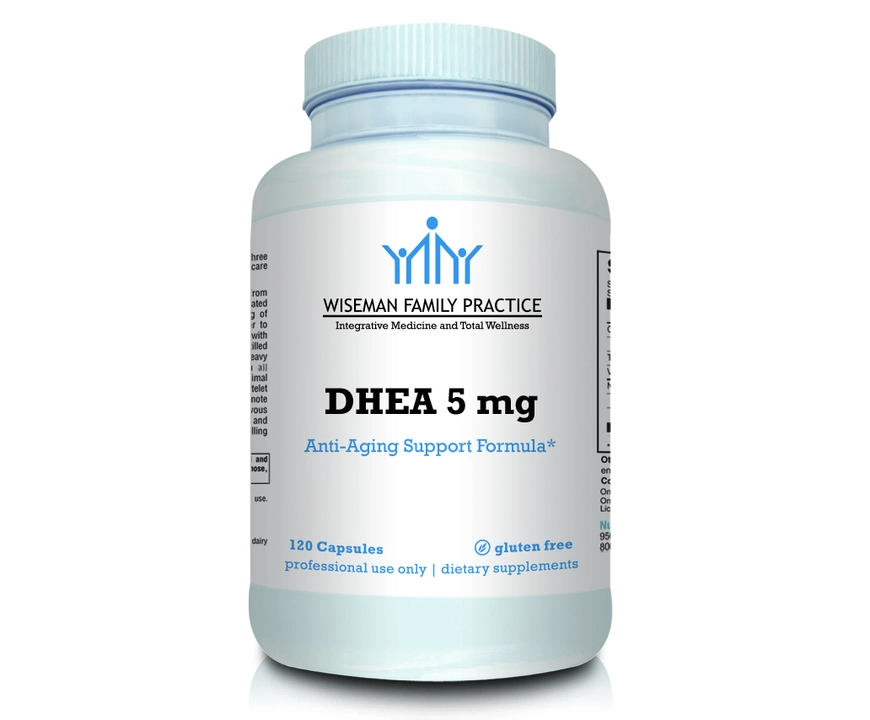Boneset (Eupatorium perfoliatum): what it’s used for and how to stay safe
Boneset has a long folk-history for easing cold and flu symptoms—people used it in the 1800s when serious respiratory illnesses spread fast. Today you’ll still find it in herbal shops and home remedies. That doesn’t mean it’s risk-free. This page tells you what boneset is traditionally used for, practical ways people prepare it, and the safety checks you should never skip.
Traditional uses and what people report
Herbalists have used boneset for fevers, body aches, and to help loosening mucus in the chest. Many users brew it into a tea for short-term relief of cold symptoms or to soothe muscle soreness. Remember: these are traditional uses reported over years, not guarantees. If you have a serious infection, persistent fever, or breathing trouble, see a medical professional first.
People also use boneset in small amounts as a gentle diaphoretic—something that can help you sweat during a fever. Others combine it with milder herbs like elderflower or yarrow in short courses. These mixes aim to support comfort, not replace prescribed treatments.
How to prepare boneset and keep it safe
Simple boneset tea: use about 1 teaspoon of dried boneset per 8 oz (a cup) of hot water. Steep 10–15 minutes, strain and drink warm. Start with one cup and wait to see how you feel—some people find one to three cups a day enough for short-term use. Avoid daily long-term drinking; boneset contains compounds that can strain the liver if used repeatedly for months.
Tinctures and extracts are common too. If you buy a commercial tincture, follow the label. If you make one at home, be conservative: use small doses and only for short periods. Never mix alcohol-based tinctures with sedatives or medicines that interact with alcohol.
Important safety points: do not use boneset if you are pregnant or breastfeeding, or if you have liver disease. Boneset contains low levels of pyrrolizidine alkaloids, which can harm the liver with long-term or heavy use. Also check with your doctor or pharmacist before using boneset if you take blood thinners or drugs processed by the liver.
When buying, look for products labeled Eupatorium perfoliatum and buy from reputable herbal suppliers. Avoid blends that don’t list ingredients clearly. If a vendor can’t tell you the plant’s origin or provide a basic product label, walk away.
If boneset sounds useful, try it short-term and watch for side effects like nausea, fatigue, or abdominal pain. If any of those appear, stop and get medical advice. For persistent respiratory issues, high fever, or worsening symptoms, contact your healthcare provider right away.
Want alternatives? Elderflower, ginger, and yarrow are gentler choices people use for colds. And if you’re exploring herbs alongside prescription meds, bring a list to your clinician so you can make safe choices together.
Boneset: The Time-Tested Dietary Supplement for Immune Support, Pain Relief, and Beyond
As a blogger, I recently discovered the incredible benefits of Boneset, a time-tested dietary supplement. This natural remedy, derived from the Eupatorium perfoliatum plant, is known to provide immune support, pain relief, and so much more. I've found that incorporating Boneset into my daily routine has significantly improved my overall health. Its anti-inflammatory and immune-boosting properties have truly been a game-changer for me. If you're looking for a natural supplement to support your well-being, I highly recommend giving Boneset a try!






